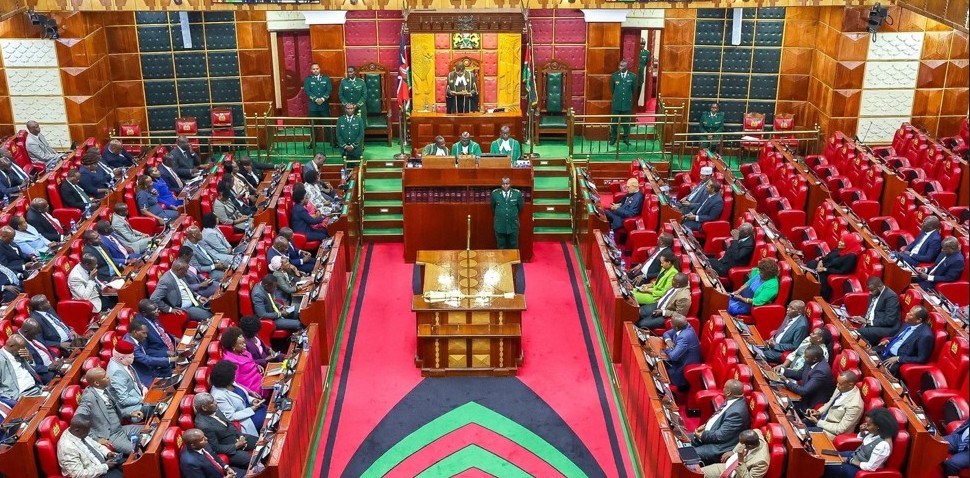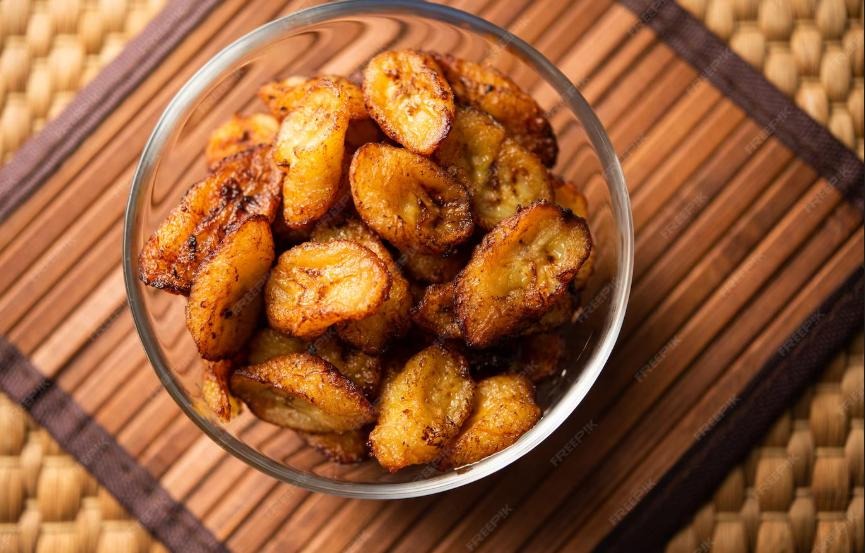Kenya's inflation climbs to 4.1 per cent amid fluctuating food prices, fuel costs

Data by the Kenya National Bureau of Statistics (KNBS) shows the increase was mainly driven by rise in prices of commodities in the three key categories of household consumables.
Kenya's inflation rate climbed to 4.1 per cent in July, up from 3.8 per cent in the previous month.
Data by the Kenya National Bureau of Statistics (KNBS) shows the increase was mainly driven by a rise in prices of commodities in the three key categories of household consumables.
More To Read
- Tough decisions stabilised the economy, saved Kenya from shame – Ruto
- KNBS data shows uneven food price shifts as inflation dips slightly
- World Bank upgrades Kenya’s growth outlook to 4.9 per cent, warns of elevated risks
- Ruto: Under my reign the cost of living, inflation has gone down
- How digital platforms are creating new pathways for youth, with riders taking home up to Sh70,000 monthly
- Busia destroys Sh21.9 million worth of heroin, bhang in anti-drug operation
These are: Food and non-alcoholic beverages category (6.8 per cent); transport (4.1 per cent), and housing, water, electricity, gas and other fuels (1.3 per cent) over the one-year period.
The three categories together account for over 57 per cent of the total household consumables across the 13 major expenditure categories.
Notably, the food and non-alcoholic beverages recorded a monthly price drop of 0.3 per cent mainly due to a decrease in prices of oranges (2.6 per cent), Irish potatoes (2.0 per cent), cabbages (1.3 per cent), carrots(0.7 per cent), cooking oil (salad) (0.6 per cent) and beans (0.5 per cent).
Additionally, prices of maize grain-loose (1.6 per cent), sugar (1.4 per cent ), sukuma wiki (1.3 per cent), tomatoes (1.2 per cent) and maize grain (1.2 per cent) also dropped during the month compared to the previous one.
On the other hand, the transport index rose by 0.8 per cent mainly due to an increase in prices of local flights, diesel and petrol by 8.6, 5.4 and 5.2 per cent, respectively.
“In contrast, city bus and regular matatu fares eased by 0.1 per cent and 0.2 per cent, respectively,” KNBS said.
“Car for personal use inflation dropped to 0.5 per cent in July.”
Housing, water, electricity, gas, and other fuels index rose by 0.7 per cent, driven by sharp price fluctuations across various components.
Kerosene surged by 6.7 per cent, exerting strong upward pressure on the index.
Gas/LPG prices also rose moderately by 0.4 per cent, while house rent for a single room recorded a minimal increase of 0.1 per cent.
In contrast, electricity costs showed mixed trends: electricity for 50 kWh rose by 0.6 per cent, whereas electricity for 200 kWh declined by 1.4 per cent.
Both core and non-core inflation, used to derive the headline figure, rose in the month under review.
Core inflation rose to 3.1 per cent from 3.0 per cent in the previous month, while non-core rose to 7.2 from 6.2 per cent.
Notably, the core figure measures cost of living, excluding volatile components like food and energy prices from the overall Consumer Price Index (CPI).
On the other hand, non-core represents the price movements of those excluded volatile items.
Top Stories Today











































